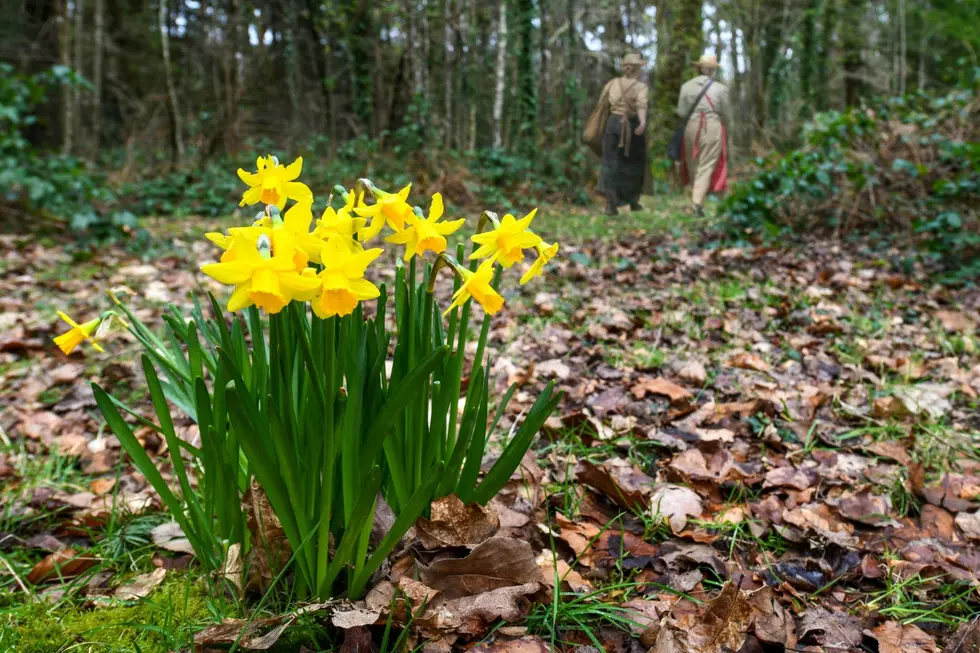
What It Means When You Find Daffodils in the Woods
Growing up, my folks told me to steer clear of the spooky abandoned house next door. We lived out on a rural road, with neighbors aplenty, but right beside us sat this ancient relic - a house straight out of the 1800s. Next to the house sat a little graveyard, complete with eerie wrought iron fencing. I remember looking at the graves but never getting too close. The earth sunk in where the bodies were buried and the last thing I wanted to do was come face-to-face with someone who died in the century before.
Most of the graves were babies and small children but there were a few adults too. The house itself was a shabby thing, barely more than a couple of rooms, and the wood looked like it was ready to crumble at the slightest gust of wind. We figured it was as old as the graves, but who could say for sure?
Where Do Daffodils Come From?
One thing that always stuck in my mind was these patches of yellow daffodils dotted around the place. Back then, I didn't think much of it - daffodils are everywhere, right? You see 'em pop up randomly in the woods sometimes. But, it turns out daffodils aren't native to our neck of the woods. They were brought over from Europe ages ago, introduced to Britain by the Romans, and eventually found their way to America thanks to the Jamestown settlers.
According to the Historical Marker Database, "Native to parts of Europe and Northern Africa, daffodils were introduced to Britain by the Romans after they invaded and captured the country in AD 43. Daffodils (also known as "Lent Lilies") spread naturally and eventually became the favorite flower of England. After the establishment of the Virginia Company in 1606 and the settlement of Jamestown colony in 1609, daffodil bulbs were transported by sailing ships from Britain to America, often by women colonists who brought them along as a reminder of home."
So, those daffodils next door? Someone went to the trouble of planting them. And back then, you couldn't just hop on over to Walmart or order bulbs off Amazon for a quick gardening fix. Nope, planting those daffodils took some real effort and care.
Who Planted Those Daffodils in the Woods?
A Facebook post I ran across recently cleared it up for me.
So, when searching. Look for the daffodils!
Man, back in the day, sneaking into that old abandoned house was like an adventure straight out of a movie. Dodging broken glass and splintered wood, trying not to snag your clothes on anything sharp—it was all part of the thrill.
But now, as a grown-up, I find myself pondering about the folks who once called that ramshackle place home. I mean, imagine the stories that little shack could tell. The joys, the sorrows, the everyday struggles of life in rural Kentucky. It makes you wonder, right? Did they move on to bigger and better things, or did they stick it out until the bitter end, one by one fading away until the house stood empty?
I guess I'll never really know the answers to those questions. But hey, maybe one of these days, I'll wander over to that graveyard next door and pay my respects. Standing among those weathered headstones, I'll think about those fleeting lives and the mark they left on this world.
And who knows? Maybe someday, someone will stumble upon the daffodils I planted in my own yard and wonder about the person who tended to them. It's a comforting thought, knowing that even after we're gone, pieces of us linger on, waiting to be discovered by curious souls.
KEEP READING: Scroll to see what the big headlines were the year you were born
Gallery Credit: Andrew Lisa
